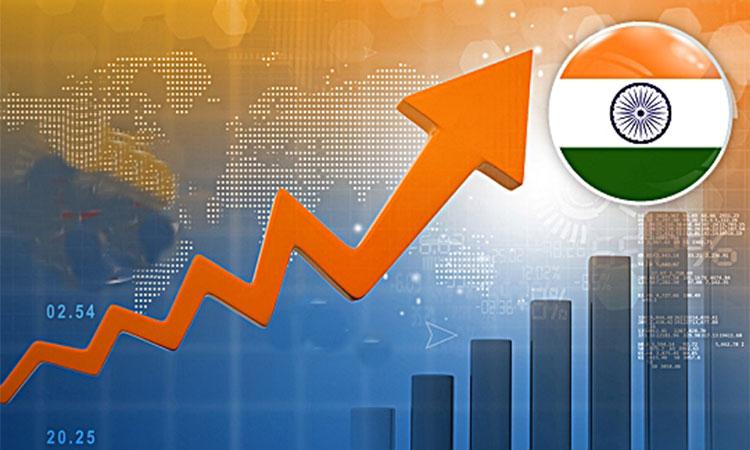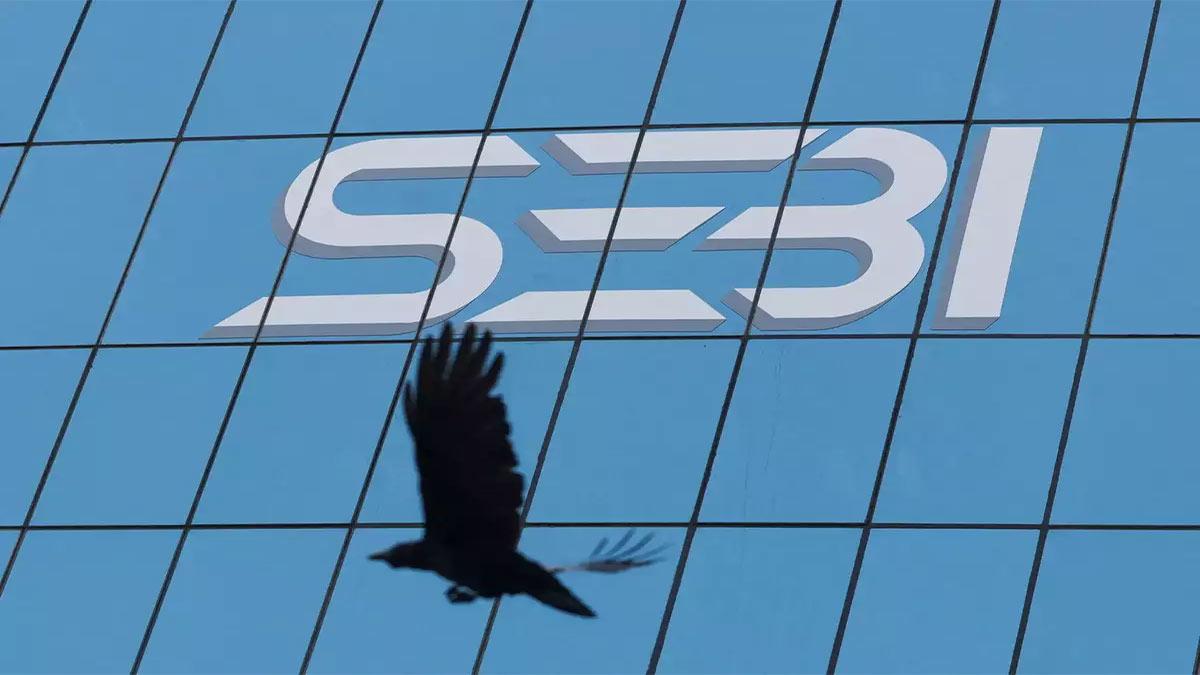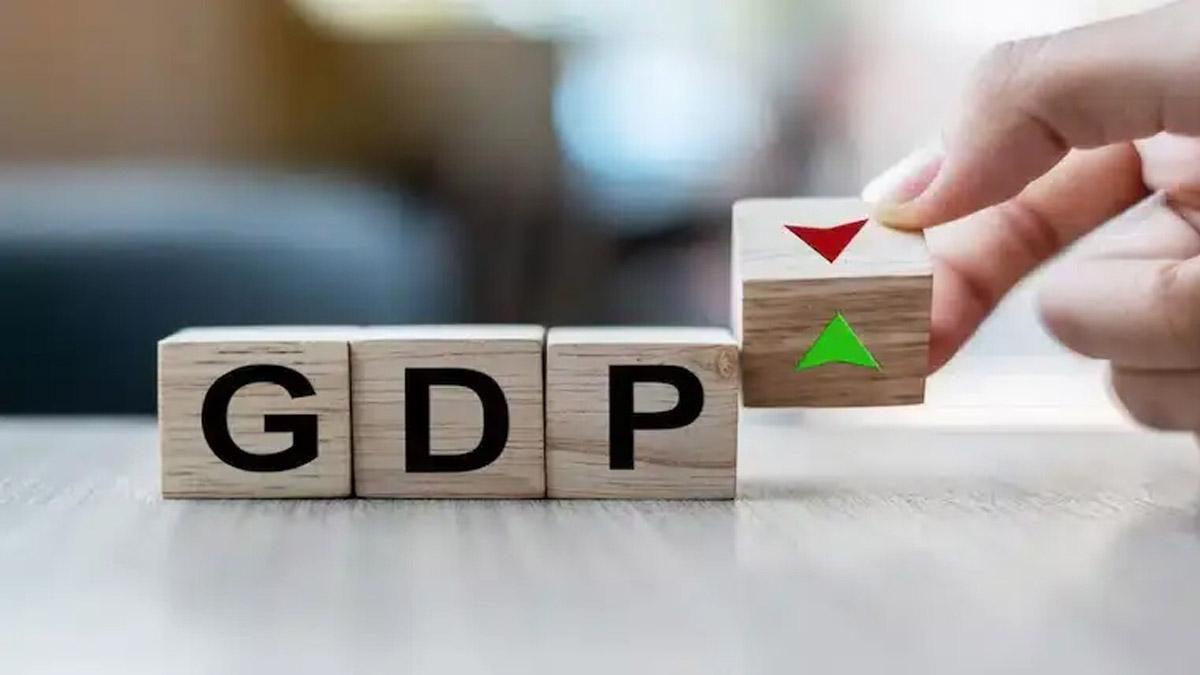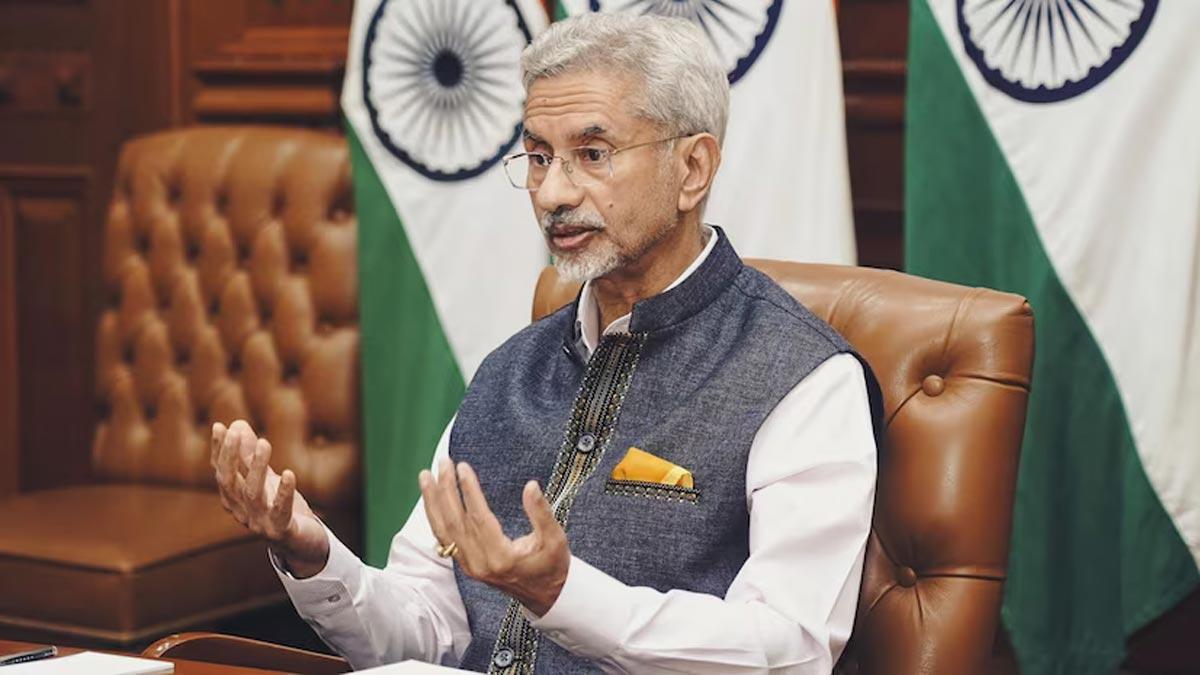Foreign brokerage Morgan Stanley has released a report suggesting that India's significance as a global growth contributor is on the rise. The report predicts that India's share of the world's growth contribution will increase from 10% in 2021 to 15% in 2022, and further to 17% from 2023 to 2028.
In terms of nominal GDP growth, the report anticipates a significant acceleration, reaching 12.4% year-on-year in fiscal year 2025, outperforming China, the US, and the Euro Area. This high terminal growth rate is expected to result in India's economy compounding at a strong rate on a high base, with nominal GDP reaching $5 trillion by 2027, positioning India as the world's third-largest economy.
The report identifies a positive economic trend in India, with expectations of sustained growth at a healthy rate of 6.4% year-on-year in fiscal year 2024 and 6.5% year-on-year in fiscal year 2025, averaging 6.6% year-on-year over the period from 2024 to 2028.
The report highlights India as a promising destination for domestic demand and suggests that the investment cycle is a key driver of growth. It notes that there is already evidence of an upturn in public capital expenditure and signs of private capital expenditure picking up. The report attributes this shift to policy changes initiated since 2019, focusing on supply-side reforms, public capital expenditure, corporate tax reductions, and the introduction of the PLI (Production-Linked Incentive) scheme.
While some investors have been monitoring foreign direct investment (FDI) data as a gauge of India's supply chain diversification benefits, the report notes that FDI inflows into India have declined, reflecting a broader softening of global FDI flows due to global economic conditions. However, India's share of global FDI flows has increased from 2.4% in the fourth quarter of 2017 to 4.2% in the first quarter of 2023.
The report also acknowledges some implementation lags, where investment commitments have been announced but have not yet fully materialized. It mentions recent announcements of electronic manufacturing investment commitments by companies like Foxconn and Intel, indicating ongoing investments in India's electronic manufacturing sector.
(With Agency Inputs)
ALSO READ | DRI Conducts Searches at Havells India Office


















